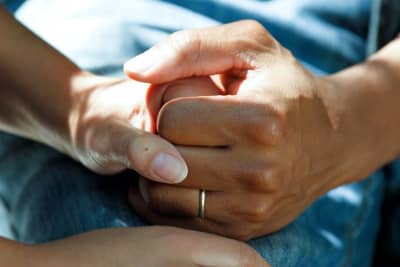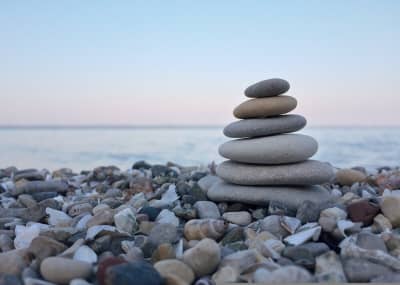Colour psychology and colour therapy (chromotherapy) harness the power of colours to improve our mental and emotional wellbeing. Have you ever wondered why certain colours make you feel a certain way? Or why certain colours are associated with different emotions?
I've been researching a captivating colour project recently as part of a floristry artistic project and I wondered how people felt about colour and their mood?
Paul Klee was born into a musical family but chose to study art, he remarked that the layout of colours in a paintbox was of greater importance to him, referring to the paintbox as a 'chromatic keyboard'. Klee produced many paintings that depicted colour in formations of carefully placed squares and rectangles, reminiscent of pressed watercolour blocks. Klee became enthusiastic with colour saying "Colour and I are one. I am a painter."
Chromatic means pure hue colour, achromatic is without colour - white, black or grey and monochromatic is a tint, tone, shade of just one colour blended. The Mona Lisa painting by Leonardo Da Vinci is a good example of Chromatic use of colour and Starry Starry Night by Vincent Van Gogh is a good example of Achromatic. The artist, Pablo Picasso said “Colours, like features, follow the changes of the emotions.”
Please share more about how colour impacts your mood and emotions? There's a term ‘Dopamine dressing' to describe the mood-boosting benefits of wearing certain colours.



Comments
You need to be Logged In and a Moodscope Subscriber to Comment and Read Comments